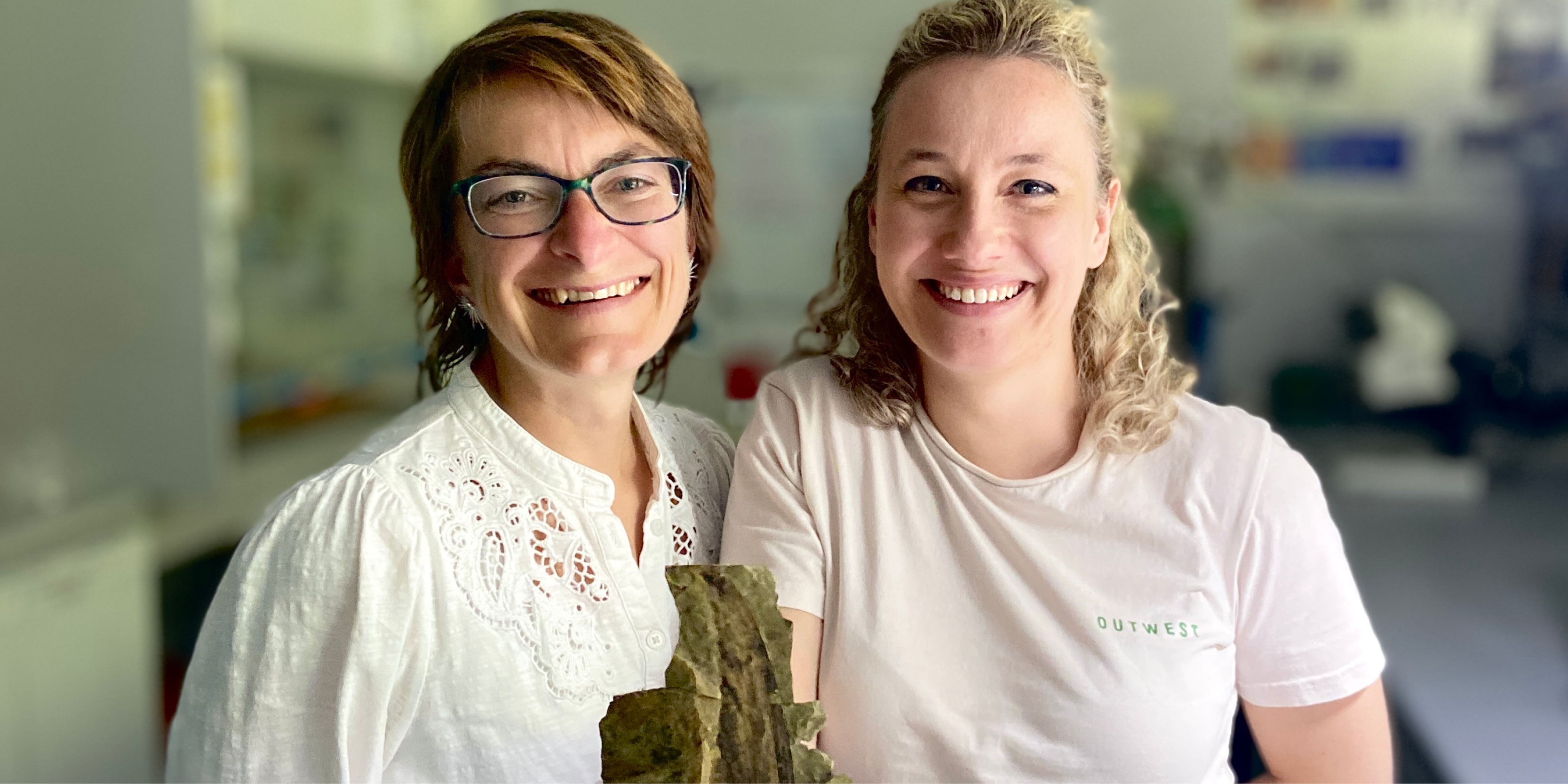Ancient Reptile Discovery Rewrites the Evolutionary Origins of Feathers

New research published in Nature reveals feather-like structures in a 247-million-year-old reptile, rewriting the timeline of feather evolution and offering fresh insights into the early development of skin appendages in ancient reptiles.
An international team of researchers - including palaeontologists affiliated with the UCC Sustainability Institute - have discovered a new species of fossil reptile from the Triassic period that bore a large crest made of complex, plume-like structures, appearing long before modern-type feathers evolved.
This significant breakthrough completely disrupts our view of the evolution of skin and feathers in reptiles.
The 247-million-year-old species, Mirasaura grauvogeli, unearthed at the Grès à Voltzia locality in northeastern France, featured a bizarre display of long outer layer structures. Remarkably, these share similarities with feathers, despite predating the oldest known fossil feathers by 70 million years.
The research, published in the journal Nature, includes UCC palaeontologists Prof. Maria McNamara, Dr Valentina Rossi, and Dr Tiffany Slater, all affiliated with the UCC Sustainability Institute as well as the UCC School of BEES. The study was led by Dr Stephan Spiekman and Prof. Dr Rainer Schoch from the State Museum of Natural History Stuttgart, Germany, with contributions from researchers in Germany, Italy, France, the USA, and Ireland.
The UCC team analysed the fossil's outer layer - or integumentary - structures using scanning electron microscopy and synchrotron X-ray analyses. They found that the fossil tissue is rich in preserved melanosomes – cell organelles that contain melanin pigments – which are common in skin, hair, feathers, and internal organs of both fossil and modern vertebrate animals.
The UCC scientists discovered that the melanosomes in Mirasaura are similar in shape to those in feathers, but not mammal hair or reptilian skin.
“We know that in modern animals, melanosome shape is closely linked to tissue type,” says Dr Valentina Rossi. “We can therefore be confident that the Mirasaura structures share some common developmental features with feathers”.
However, unlike feathers in modern birds, the Mirasaura structures lack branching, instead showing a simple long, medial feature that superficially resembles the shaft of bird feathers.
The UCC team’s earlier discoveries of fossil feathers in pterosaurs had suggested that feathers evolved in the reptilian ancestors of pterosaurs and dinosaurs, during the aftermath of the Permo-Triassic mass extinction.
“We were looking in the right time window, but we were shocked to find long integumentary structures in a completely different group of ancient reptiles”, says Prof. Maria McNamara, leader of the UCC team and coauthor of the study.
Co-author Dr Tiffany Slater said, "It’s amazing - this creature forces us back to the drawing board for when feather-like structures first evolved. Mirasaura reveals a deeper, more complex evolutionary story than we ever expected."
“The next step is to consider the effects of fossilisation,” says Prof. McNamara. “By integrating this with more detailed characterisation of the fossil tissues, we will learn more about the shared history of the Mirasaura structures and other integumentary structures such as feathers.”
Synchrotron-CT imaging also revealed that Mirasaura, a type of drepanosauromorph reptile, had a delicate, bird-like skull with a largely toothless snout, large forward-facing eyes, and a high, domed cranium. These features, combined with grasping forelimbs, suggest it lived in trees and likely fed on insects and small prey.
Read the article in full here: Triassic diapsid shows early diversification of skin appendages in reptiles | Nature
Sustainability Institute
Contact us
Ellen Hutchins Building, 6 Lee Rd, Sunday's Well, Cork, T23 XE10 and Beaufort Building, Ringaskiddy, Cork, P43 C573,
